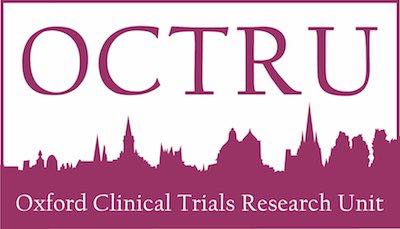Study Summary
Rotator cuff tears are tendon tears in the shoulder that cause pain, weakness, and loss of movement. People affected have problems with day to day activities, work, recreation, and sleep. These tears can be full tears through the whole tendon or only part way through - a partial tear. Partial tears are first treated in the NHS with physiotherapy and often a steroid injection. Patients who do not get better with these treatments may then choose to have surgery.
The aim of this study is to assess if surgical repairs of partial tears, in patients with persistent pain despite physiotherapy, is effective. The study is important because, even though rotator cuff problems are the most common cause of shoulder pain and disability, it remains unknown how best to treat them and whether surgery has any extra value. In particular, we don't know if repairing partial tears prevents bigger full tears and worsening problems. Surgery for full tears is one of the most common shoulder operations in the UK. Prevention of full tears was identifed as important by patients and doctors in the 2015 James Lind Alliance Priority Setting Partnership (PSP) for Surgery for Common Shoulder Conditions (4 of the top 10 priorities were about rotator cuff problems).
The main aim of this study is therefore to find out if repairing these partial tears is effective, provides lasting benefit and prevents bigger tears.
We will conduct a study across 20-30 NHS hospitals in the UK, recruiting patients aged over 18 years. These partients will have persistent shoulder pain and partial tears of the rotator cuff tendon. They will only be recruited if they have chosen to have surgery after continuing to experience shoulder pain and disability after completing physiotherapy treatment and a steroid injection.
We will conduct a study called a randomised controlled trial to assess any benefit of tendon repair surgery and ensure the other general effects of surgery are taken into account. The trial will compare two similar procedures: Arthroscopic (keyhole) surgery to debride (shave away inflamed tissue, rough tear edges, and bone spurs) and repair the tear; compared to Arthroscopic surgery to debride only (shave away inflamed tissue, rough tear edges, and bone spurs) without any repair. Repairing the tear involves stitching some of the tendon back to bone. In each participant the type of surgery received will be chosen at random by a computer programme.
We will then monitor how well patients recover from their treatment, and how much benefit they have received using questionnaires about benefit and satisfaction. We will also carry out shoulder scans at 2 years to see whether larger full tears have been prevented. We will determine the costs of the two different surgical procedures and any further treatments over two years. We also plan to assess benefit of each surgery 5 years after the operation using routine information collected by the NHS.
We have conducted patient focus groups and a surgeon survey. Patients and surgeons agreed this is the best and most feasible way to answer this research question. Patients have been central to developing this study and will continue to be involved in the study setup, implementation and dissemination plans. A patient from the 2015 JLA PSP is a co-applicant on this study and another patient representative sits on the Trial Steering Committee.
The trial is supported by the British Elbow and Shoulder Society and we plan to publicise the results of the study widely and use the evidence to influence and improve patient care pathways, including provision of guidelines for primary care and hospital health workers who manage and treat patients with rotator cuff problems.





